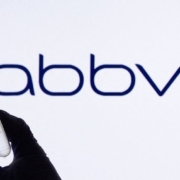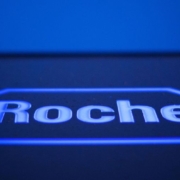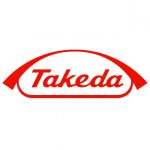Roche and Regeneron square off in lucrative eye disease market
Roche and Regeneron square off in lucrative eye disease market
The competition between Roche and Regeneron to dominate the ophthalmology market is heating up. With their successful launches of anti-vascular endothelial growth factor A (VEGF-A) drugs for the treatment of retinal diseases, GlobalData analysts expect the two companies to capture more than 60% of the sector by 2030.
GlobalData’s forecast reflects the respective launch trajectories of Roche’s Vabysmo and Regeneron’s Eylea HD. Vabysmo, a bispecific antibody that blocks Ang-2 and VEGF, shook up the wet age-related macular degeneration (AMD) and diabetic macular edema markets when it won FDA approval in 2022. Regeneron hit back with an August 2023 approval of Eylea HD, a high-dose version of the original version Eylea, approved in 2011 VEGF-A inhibitor, approved in 2011.
If Eylea HD maintains its current performance over the second half of 2024, both Roche’s and Regeneron’s new drugs will have become blockbusters in their first full years on the market. Eleni Tokali, pharma analyst at GlobalData, explained to BioSpace that physicians have been quick to adopt the products, which require regular injections into the eye, in large part because they don’t have to be dosed as frequently as the original Eylea.
“The main thing is their dosing flexibility. That makes them really good drugs, and that’s why we expect them to be top selling,” Tokali said. “Both drugs have this dosing flexibility that is really good and obviously healthcare providers and patients would opt to go for. At the same time, they are both very efficient as well.”
Eylea HD is initially given every four weeks. After three doses at that schedule, patients receive the drug every eight to 12 weeks or every eight to 16 weeks, depending on the indication. Patients starting on Vabysmo receive the first four doses four weeks apart. Beyond that, the gap between doses depends on how the patient responds. Patients can go 16 weeks between doses.
Both dosing schedules improve on the administration of Eylea, which has the same active ingredient as Eylea HD but is given more frequently. Physicians typically administer maintenance doses of Eylea every eight weeks, although some patients need treatment every four weeks. The label includes dosing every 12 weeks as an option but cautions the schedule is not as effective as the recommended eight weeks.
Blockbuster Launches
Vabysmo’s dosing advantage over Eylea helped Roche to quickly grow sales after winning the FDA’s approval in January 2022. Sales hit 591 million Swiss francs ($685 million) in 2022. Vabysmo became a blockbuster in its first full year on the market, with sales rising to 2.4 billion Swiss francs ($2.8 billion) in 2023. Tokali is forecasting Vabysmo sales will climb to $3.7 billion in 2024 and reach $7.7 billion by 2030.
Sales of the original Eylea fell as Vabysmo won market share. Regeneron reported 6% and 7% decreases in U.S. Eylea net product sales, respectively, in the first and second quarters of 2023. The FDA approved Eylea HD in the third quarter of 2023, and the new treatment generated $504 million in sales in the first half of 2024. This enabled Regeneron to maintain revenues from the overall Eylea franchise at a similar level to the first half of 2023. Combined, the Eylea products held 45% of the market, Regeneron said. Tokali is forecasting Eylea HD sales will reach $1.4 billion in 2024 and keep climbing to hit $5.5 billion in 2030.
The Eylea HD launch received a boost in April 2024 when Regeneron secured a permanent J-code, which may help streamline billing and reimbursement for the product. Even so, Marion McCourt, executive vice president of commercial at Regeneron, fielded a question about access barriers, specifically among Medicare Advantage plans, on the company’s Q2 earnings call in August 2024.
“We continue to work through situations where physicians might be having some utilization management or step edits. Those are often easily managed when the physician and office staff provide information,” McCourt said. “Overall, the takeaway message should be that Eylea HD has very strong payer coverage and, again, 80% of the market where reimbursement is in place.”
Despite facing payer constraints, the Roche and Regeneron treatments are gaining market share and preference among ophthalmologists, according to June 2024 research from Spherix Global Insights on diabetic macular edema prescribing.




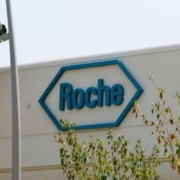

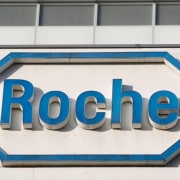 Reuters
Reuters